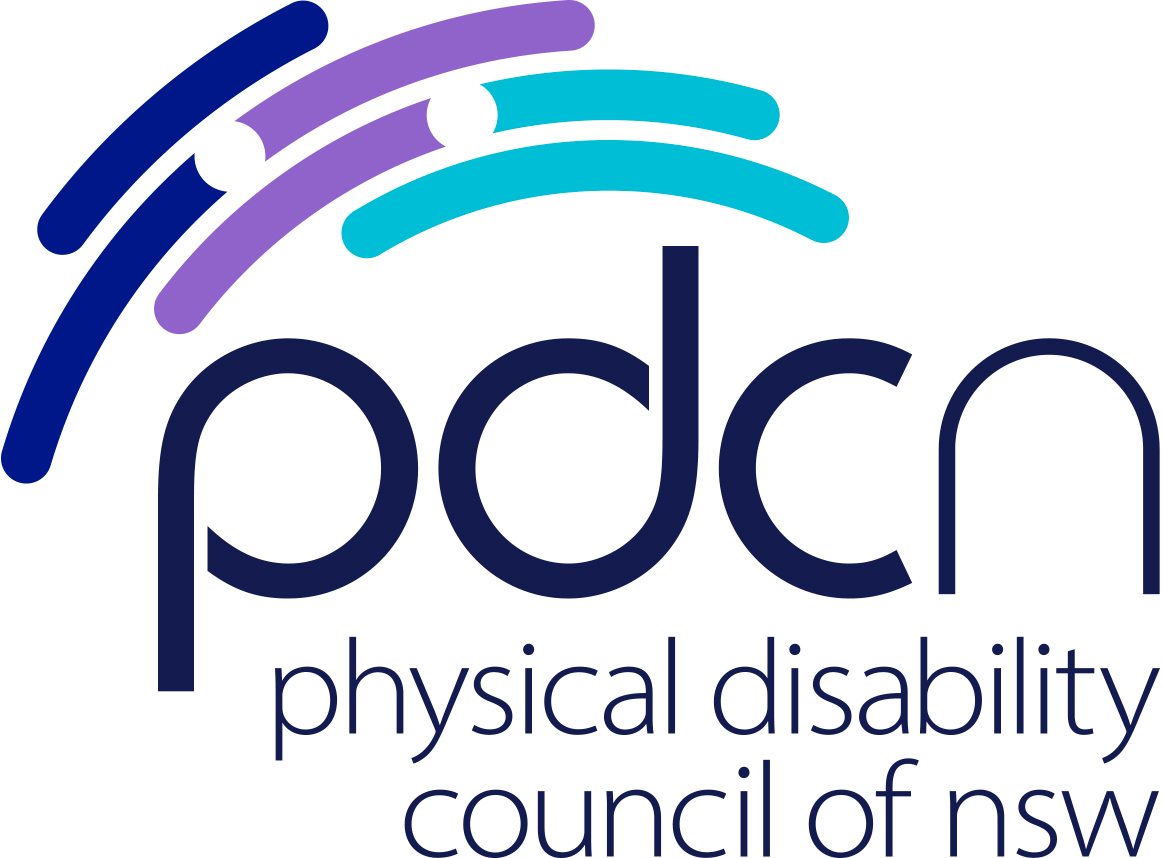
As you read this, the Australian Building and Construction Board is considering a proposal to mandate minimum accessibility standards within the National Construction Code, which would affect all new homes built in Australia. We have provided a submission in response to the Regulatory Impact Statement on a number of models drawn from liveable housing design guidelines.
Liveable housing design is based around the idea that homes can be designed to suit the accessibility needs of everyone, a concept known as ‘universal housing design’. Universal design aspects are already incorporated across mainstream housing in countries such as Norway; universal design is viewed as a logical requirement to address the diverse accessibility needs across society.
What’s the problem anyway?
While preparing PDCN’s submission, I was able to reflect on the Australian experience of housing accessibility. It became increasingly obvious that the Australian housing market has failed to effectively respond to the accessibility requirements of the population. Just as we freeze in winter, or roast in summer in houses that are poorly designed for the Australian weather conditions, we are still living in homes that are not a good investment in terms of our accessibility needs. Instead we simply accept that our homes will either not suit our needs or will increasingly fail to do so as we age. This is a failing system that is being propped up by the massive industry in home care services and residential aged accommodation.
It doesn’t have to be this way. So why don’t we change it?
The problem lies in the very way that we think about accessibility. It is seen through a prism of bureaucracy, box-ticking and obstacles to be navigated. Accessibility is just an ‘add-on’ or an ‘optional extra’. People who have additional accessibility requirements are forced to justify their need for modification via systems which focus exclusively on their physical limitations. Modifications are then considered through narrow criteria of ‘best value’, ‘longevity’ and ‘relevance to specific goals’.
The major losers in the current model are people with physical disability, who are forced to justify every ramp, every automated blind, the width of each doorframe. Why are we satisfied with such a piecemeal approach?
Equity can be achieved in many ways. Medicare is a great example, as it assumes the right of every person to afford basic healthcare regardless of their financial circumstances as a given. This is a starting point from which to build a system that ensures every Australian can access vital healthcare services free of charge.
Do we want to be a society that singles people out and only allocates resources according to what they can’t do? When people are tied to a single modified home, what real choice and control does that afford them?
We now have the opportunity to examine current Government strategies to improve accessibility and think about how inclusive they really are.
Achieving mandatory universal housing design standards within the National Construction Code would be a huge step forward in providing people with physical disability a choice in how and where they want to live. It would mean that consumers know that their homes represent a good investment in their comfort and wellbeing across all stages of their lives. A level of general accessibility would be assumed across the market, providing greater options for people with physical disability in terms of where they live and what price they pay to live there.
That we must justify this, in light of Australia’s commitments under the United Nations Convention on the Rights of Persons with Disabilities and various domestic disability inclusion strategies, is mindboggling. When one considers the projected growth figures for people aged 65 and over, it reveals an alarming lack of foresight.
How fantastic would it be if accessible housing, like basic healthcare, was just seen as an everyday right for everyone?
Hayley Stone
Senior Policy Officer
You can read our submission in response to the consultation Regulation Impact Statement prepared for the Australian Building Codes Board here: https://www.pdcnsw.org.au/wp-content/uploads/2020/09/RIS-Mandatory-Accessible-Housing-NCC.pdf



